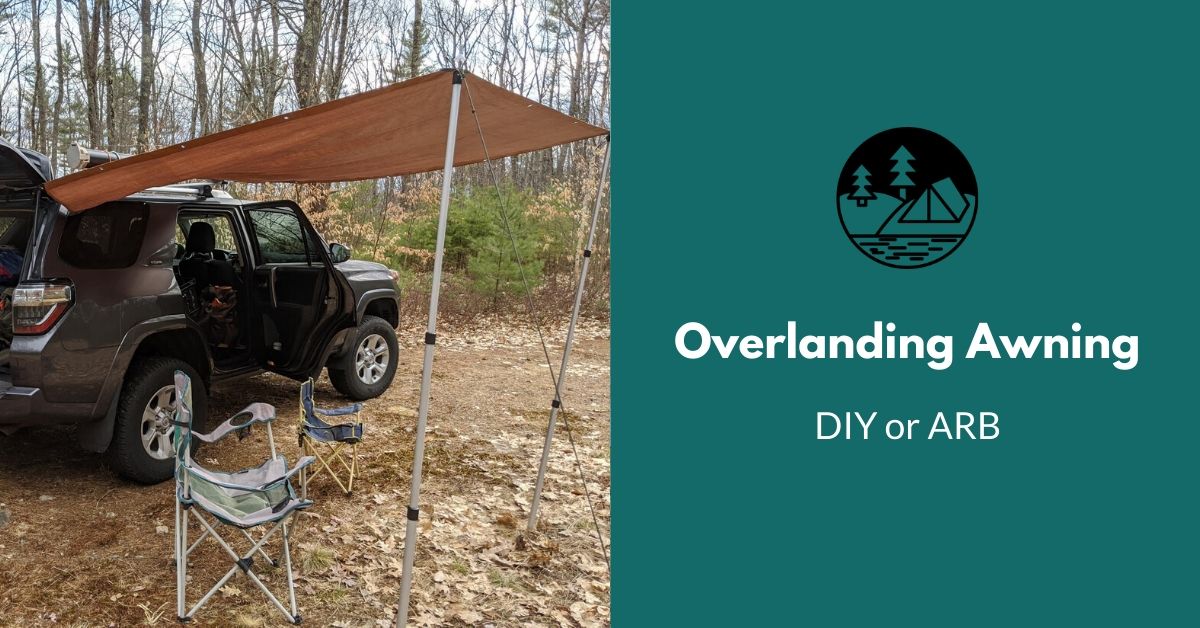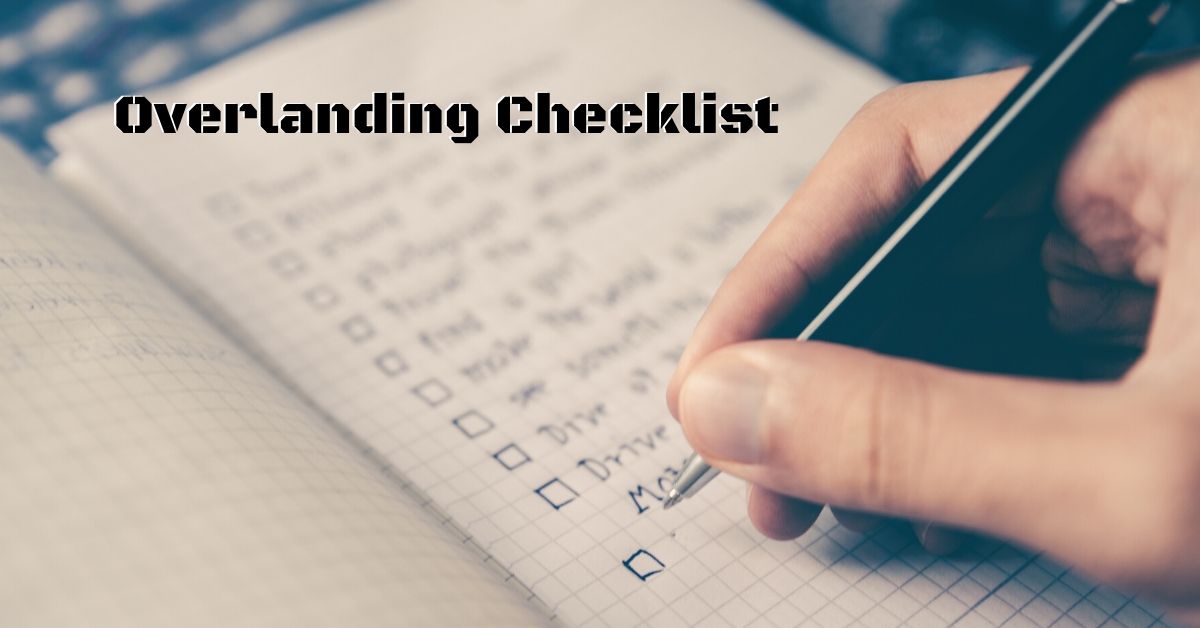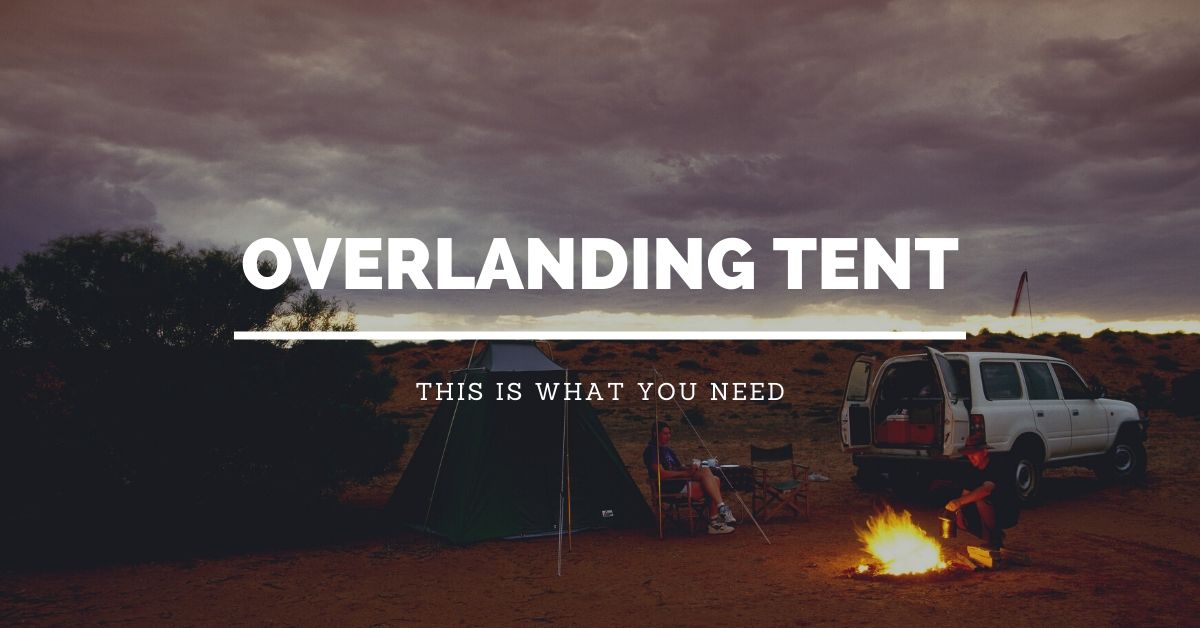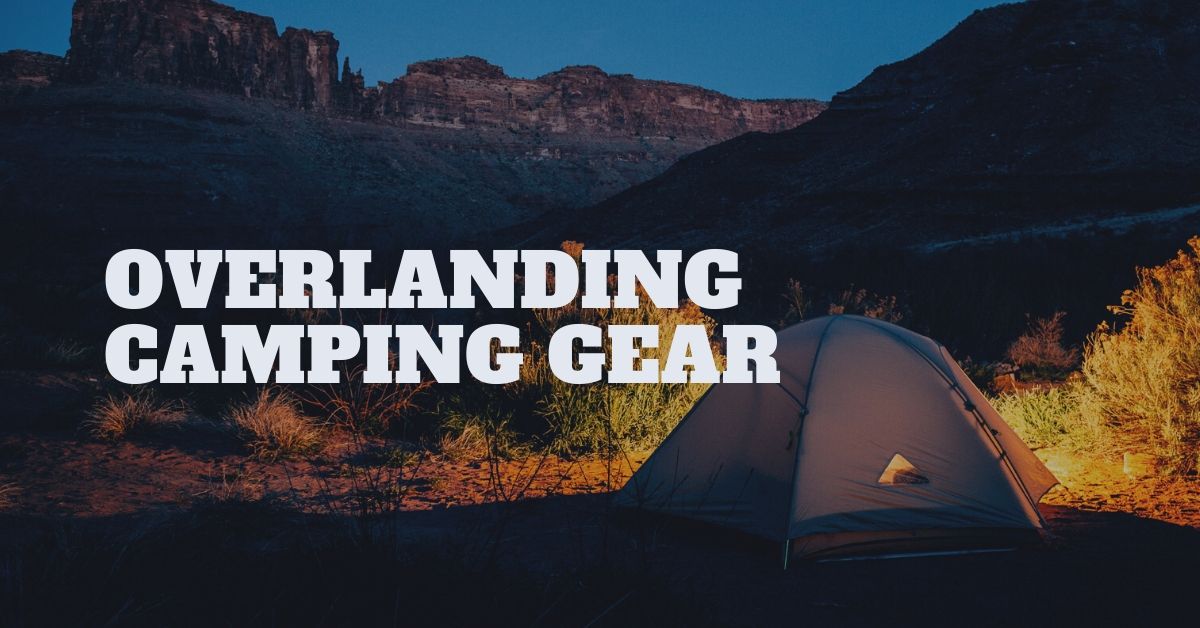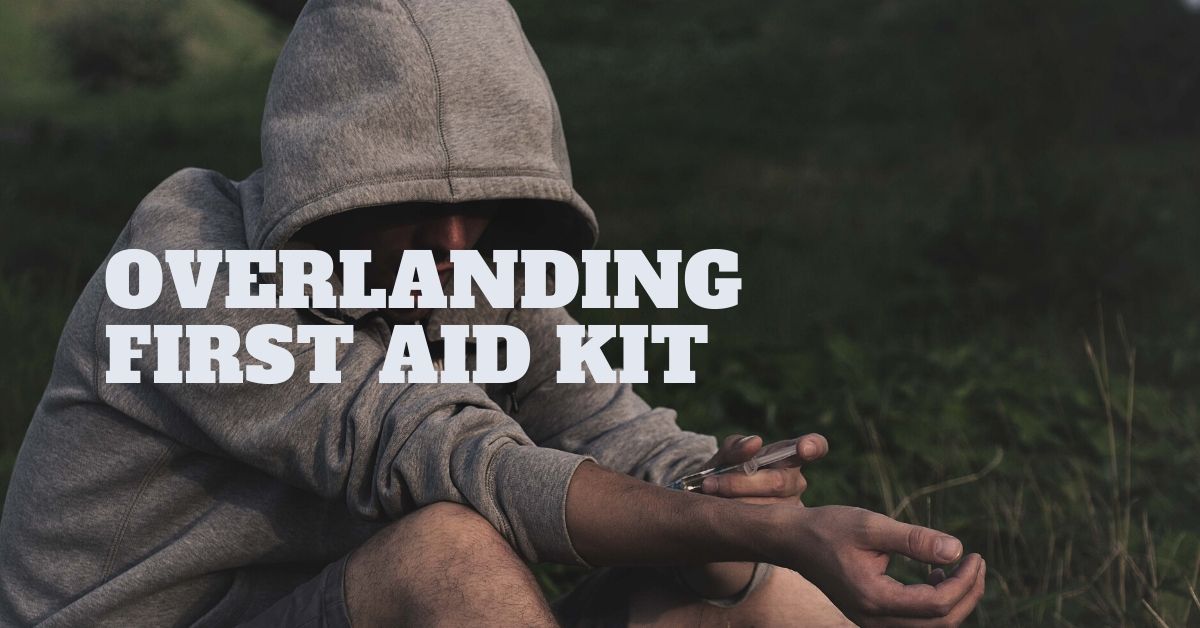The humble awning is a popular first addition to one’s dedicated overlanding campsite. The classic awning design uses a rectangle of opaque material anchored on two corners by the side of your vehicle and the opposite two corners by long poles. The material can be anything from a hardware store tarp to a swatch of canvas, to a square of specially engineered UV-resistant, waterproof nylon blend.
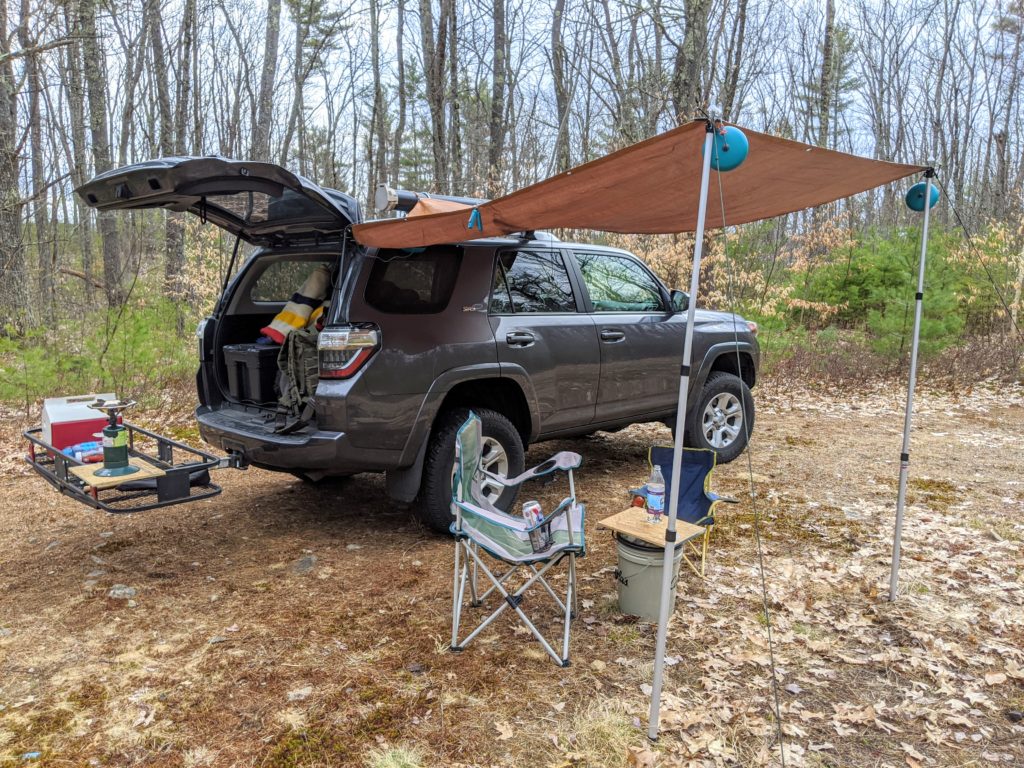
The cheapest option is to repurpose an old tarp, something in the 6×8 or 8×10 foot range. Somehow, two corners are attached to the roofline of the vehicle, and the other to corners are supported by a pole (whether commercial or locally sourced like a tree branch), or anchored to some nearby object like a tree or other vehicle. Since the whole point of the awning is to block sunlight and light rain, a tarp will work. The rest is just details, right?
Even a high-quality $30 tarp seems cheap compared to the self-contained awnings found on many overlanding vehicles. Awnings are bolted to the roof rack and stored in a long tube-like container. At the campsite, the container is unzipped and depending on the awning, a series of poles unfold as well providing some serious support and tensioning. The good ones can be set up in a minute or two by one person. The bad ones can be broken by one person in under a minute.
DIY Overland Awning
After having built many DIY awnings using various materials and engineering designs, I finally went with a commercially produced one by ARB. The main reason was that I often did not set up my DIY awning simply because it was a hassle. To save money on my DIY design, I engineered some poles out of electrical conduit that screwed together at joints where I pounded in a nut on one end and a bolt on the other. I was proud of my design, but the heavy steel poles bent under load, and sometimes I needed pliers to separate the pole sections. As the poles bent, the bolt and nut also bent or rather tilted inside the pole. Half the time I could not completely screw the poles completely together. I did all this work because quality awning poles were about $40 a piece, and $80 was close to $100 which was the entry price for a badly designed commercial awning. So basically I had an awning that I often avoided using.
If I really wanted to, I could spend the money for the right parts, a quality tarp, and permanently install hardware on my roof rack allowing for a faster setup, but I would still have a tarp flapping in the wind.
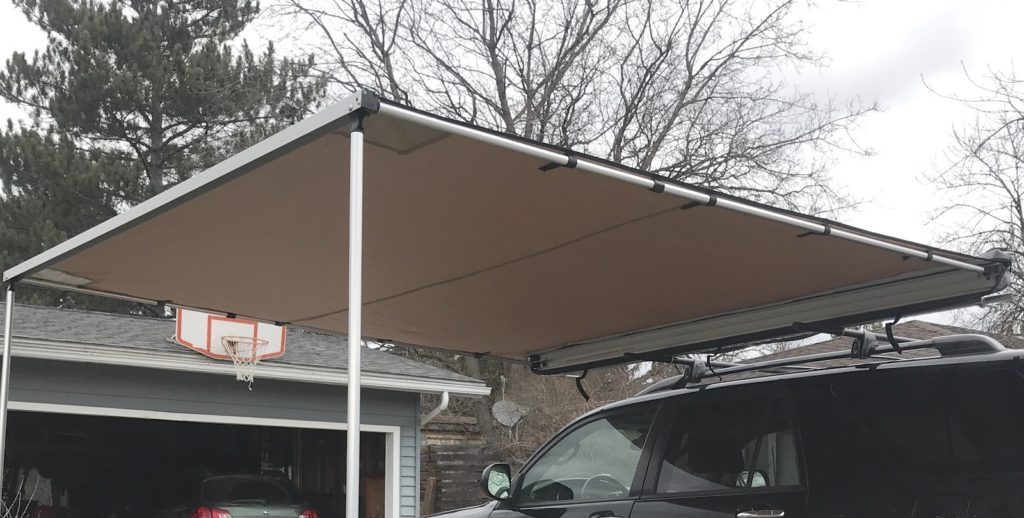
Once I decided to go with a commercial awning, there were three decisions to make. First, how big. Overlanding awnings seem to begin around 4×6 feet and end at 8×8 feet (or 2500×2500 millimeters) unless you opt for the wraparound or 180 degree awnings. I opted for the 8×8 foot size figuring that it would get pretty crowded under anything smaller. However, 64 square feet will capture a lot of rain or snow.
ARB Overland Awning
The next choice was what brand. ARB seemed to be the most popular and I have had great experience with all my other ARB products, so why not stick with a winner. Well, price frankly. ARB is a premium and often copied brand. While their products usually roll off the assembly line in China rather than handbuilt by Crocodile Dundee himself in the Australian outback, ARB’s quality and quality control seems as good as it gets outside the custom shop.
Even with an 8×8 foot ARB awning, another decision had to be made. There are two awning case designs, one a canvas tube with full-length zipper, and one with an aluminum box machined to last several lifetimes. The $150 price difference made the decision easy. Maybe I’ll regret it in 20 years, or maybe not. Check back in 2040 to find out.
Once in the ARB Awning camp, there are additional accessories and options that can transform awning into other useful overlanding shelters (ex: ABR Awning Room) and like all ARB products, their customer support is great and spare parts are available. If a lesser knockoff awning breaks a joint or pole, then you’re back to DIY.
In hindsight, I do have one regret, however, and that is not getting a commercial awning long ago. I can think of so many opportunities when the awning would have been used even for a quick stop along the side of the road for a snack. Yes, you can do without one, and yes, you can save money building your own, but since the journey is the destination when overlanding, rolling out the humble awning is actually a sign that you are doing it right.
